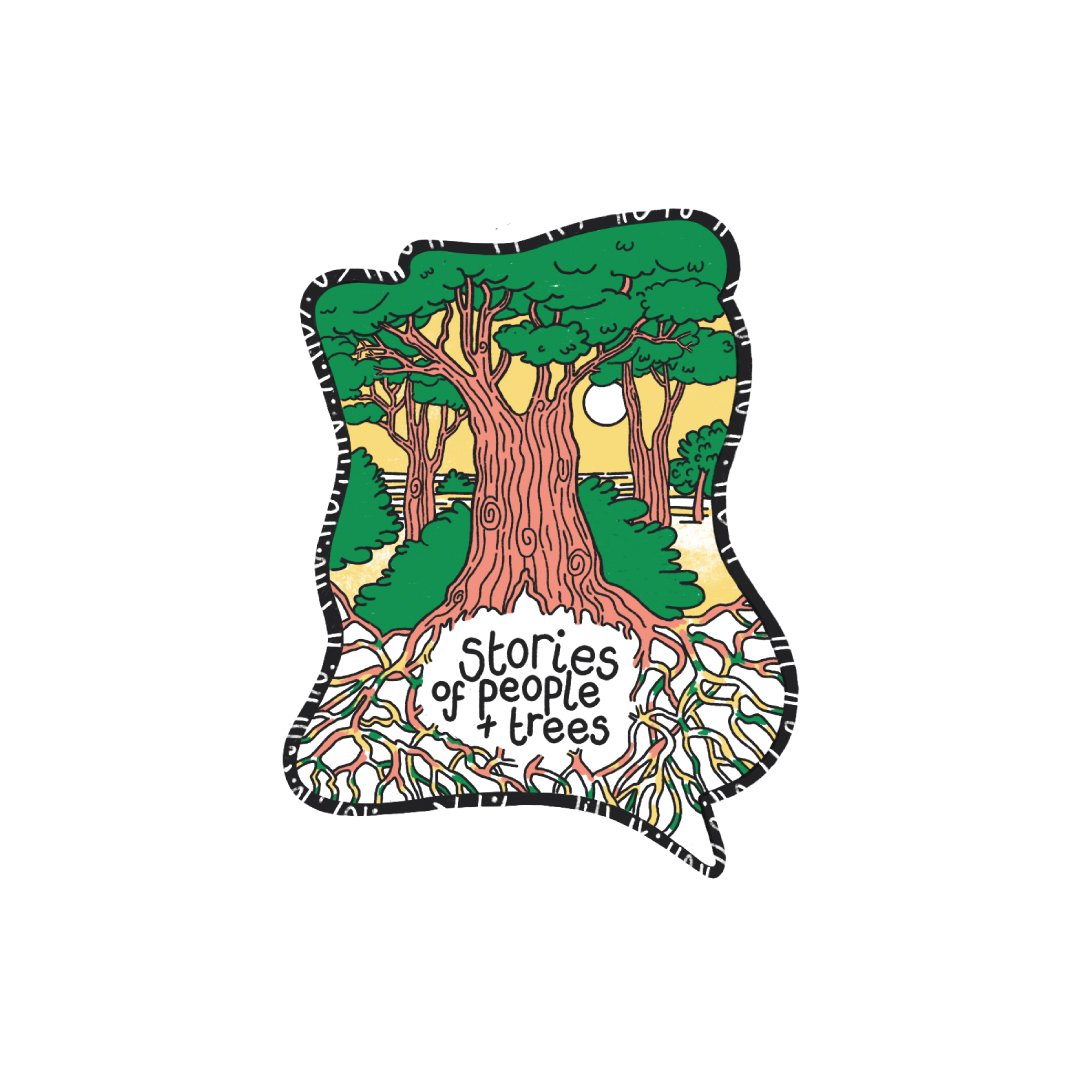The Baoba / the tree of words
Here Ongbakeleki describes how a “tree of words” formed the very centre of their community, with important and reconciliatory conversations taking place at its feet. The Baoba tree was a gathering place and held in the greatest of respect by everyone in the town.
This is my story about the Baoba tree. Cameroon is my country of origin, and Banen is my tribe. Ndikinimeki is the province where the Banen live.
There was a tree in front of the houses in my town, a baoba. It was a meeting place for the elders, around a white palm wine. The tree was so big that the men sat on its roots and others on the chairs they had made themselves. The white wine, the cola and the bitacola were the essentials under the tree! In the town the women took care of the children’s house, the men were good farmers of cocoa, coffee and other crops.
The baoba was called a word tree.
All the conflicts of the town and family were treated there, in front of the elders of the town, with delicacy and confidentiality. Then the elders called the accused or their families to hear the sentence, and it was necessary to follow the advice of the elders. Sometimes they performed a ritual in this place. Sometimes it was to pay a tax, or repair something. This is because the elders were considered a source of wisdom. It was a very respected place for my people.
The baoba is very respected in my culture, a site of reconciliation and wisdom. Thank you for sharing this little story of my town.
Notes on names - Baoba is the name that Ongbakeleki uses for the tree in her town. This tree is known by a variety of names around the regions it grows in, most commonly Baobab, but also Calebassier (in Senegal), Tabaldi (in Sudan) and as mkuu hapingwa (in Swahili). Its latin name is Adansonia.
The picture on the story post is of an African Baobab tree, but not the one in Ongbakeleki’s town.
